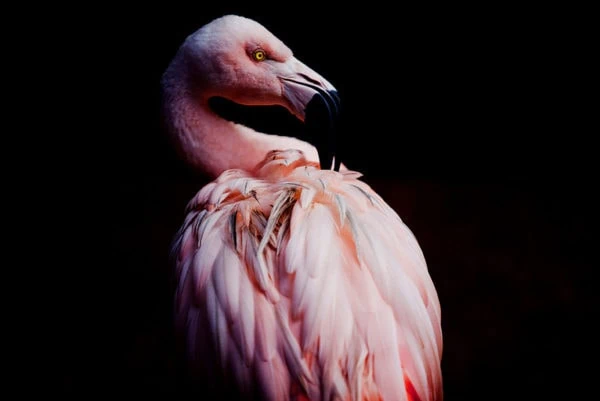
If you are serious about photography, you have probably asked yourself this question, perhaps when creating a portfolio and choosing how to present your images:
Is color or black and white better?
The truth is that there is no exact answer: it depends on your style and, above all, on what you want to convey to the viewer.
Surely in a portfolio it is not the case of mixing. You will have to choose one or the other in order not to confuse your audience, showing a coherent and homogeneous work.
Origins
At the beginning of the history of photography it was only possible to obtain images in black and white, first on plates and then on film.
Between 1800 and 1900 several scientific personalities were already working on new methods to obtain color images, perfecting processes and materials.
Among them was the Scottish physicist and mathematician James Clerk Maxwell, who in 1861 published the first results of his theory on the additive principles of color and who, together with Thomas Sutton, is credited with the first color image in history.
The era of modern color photography, open to a wider public, began in 1935-36 with the production of Kodachrome and Agfacolor slide films.
Another big step for photography, viewed with suspicion by black-and-white purists.
Black and White Photography
Black and white represents the roots of photography and is usually easier to read. Color, in fact, can easily distract attention from the important elements of a photo and is more difficult to handle.
Black and white conveys feelings that evoke a memory, awaken nostalgia for the past, dramatize a scene or a subject. It is distanced from reality.
An interesting example of modern black and white photography is the work of Alan Schaller. Master of street photography, very attentive to composition and light, with images that present a strong contrast between light and dark tones.
The work on contrast is fundamental in black and white, if no attention is paid to this aspect, the result will be in many cases a boring photograph dominated by medium gray tones.
Color Photography
Personally, I choose to realize and showcase my work in Travel Photography through color because I relate it to life, joy, energy and the fact that we see and live in a world made of light and color.
It is a personal choice that allows me to communicate what I want to my public.
Depending on the color I can transmit different feelings: blue (cold color) can generate for example the idea of distance, detachment, while red (warm color) can transmit passion, desire. I will talk about the psychology of color later in an in-depth article.
Learning to manage color in digital photography requires study and time, but it is a fundamental part of a photographer’s training.
Another source of inspiration for understanding color is the study of the great painters of the past, and how over time they learned to master light and color to give perspective to their work and guide the eye of the viewer.
A master of color photography is photographer Steve McCurry, photojournalist and member of the Magnum agency. Steve’s vast body of work encompasses conflict, endangered cultures, ancient and contemporary traditions, always with the human element in the spotlight.
Final notes
Black and white vs color: who wins?
The one that best suits your photographic style.
Photography is a form of visual communication and if you want your message to be clear and effective to your audience you will need to choose a direction, taking care of every key aspect in building a professional portfolio.







